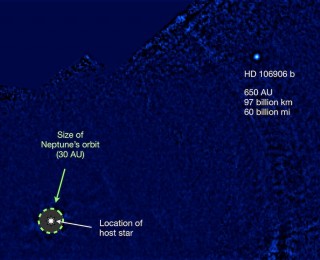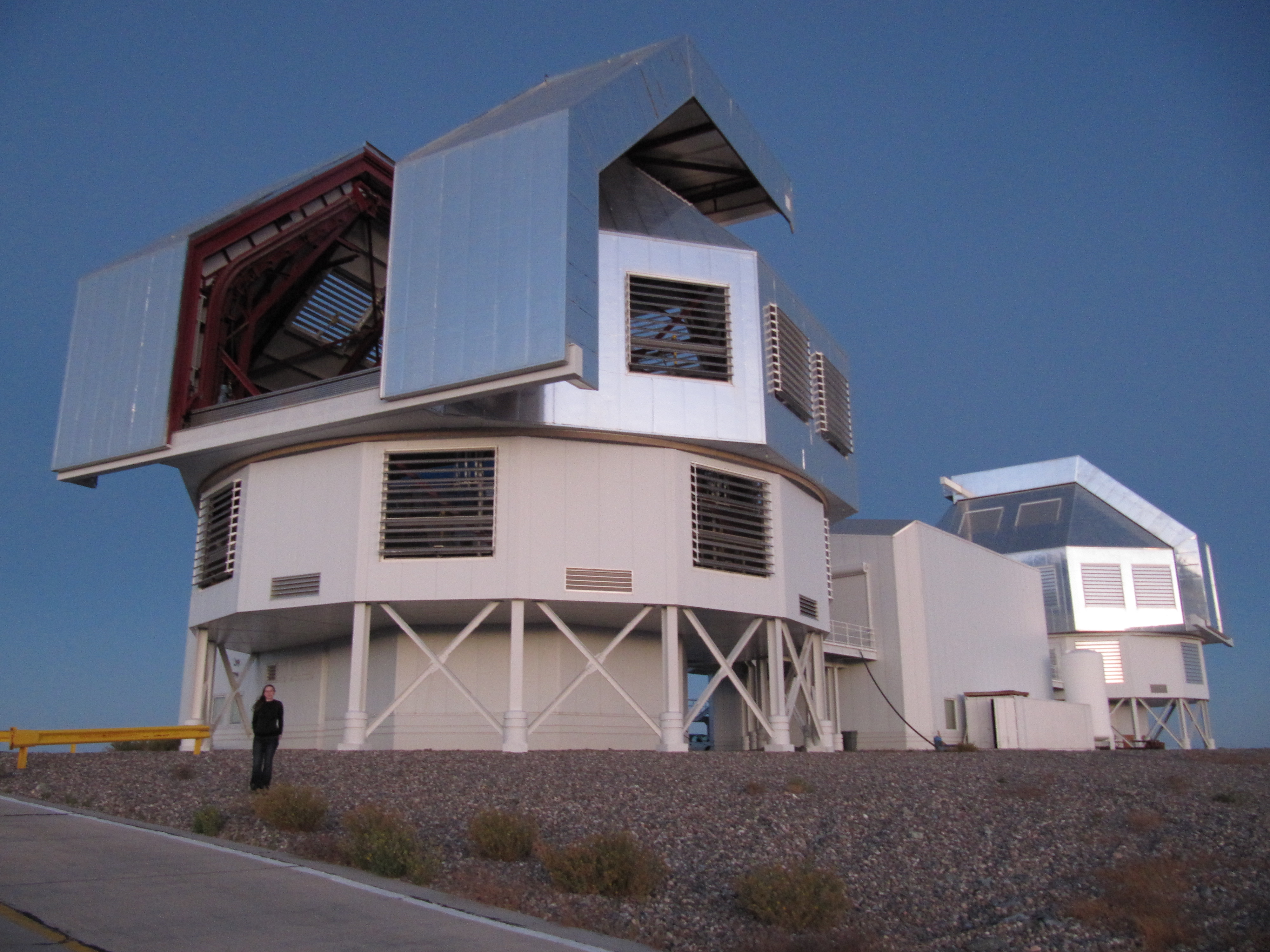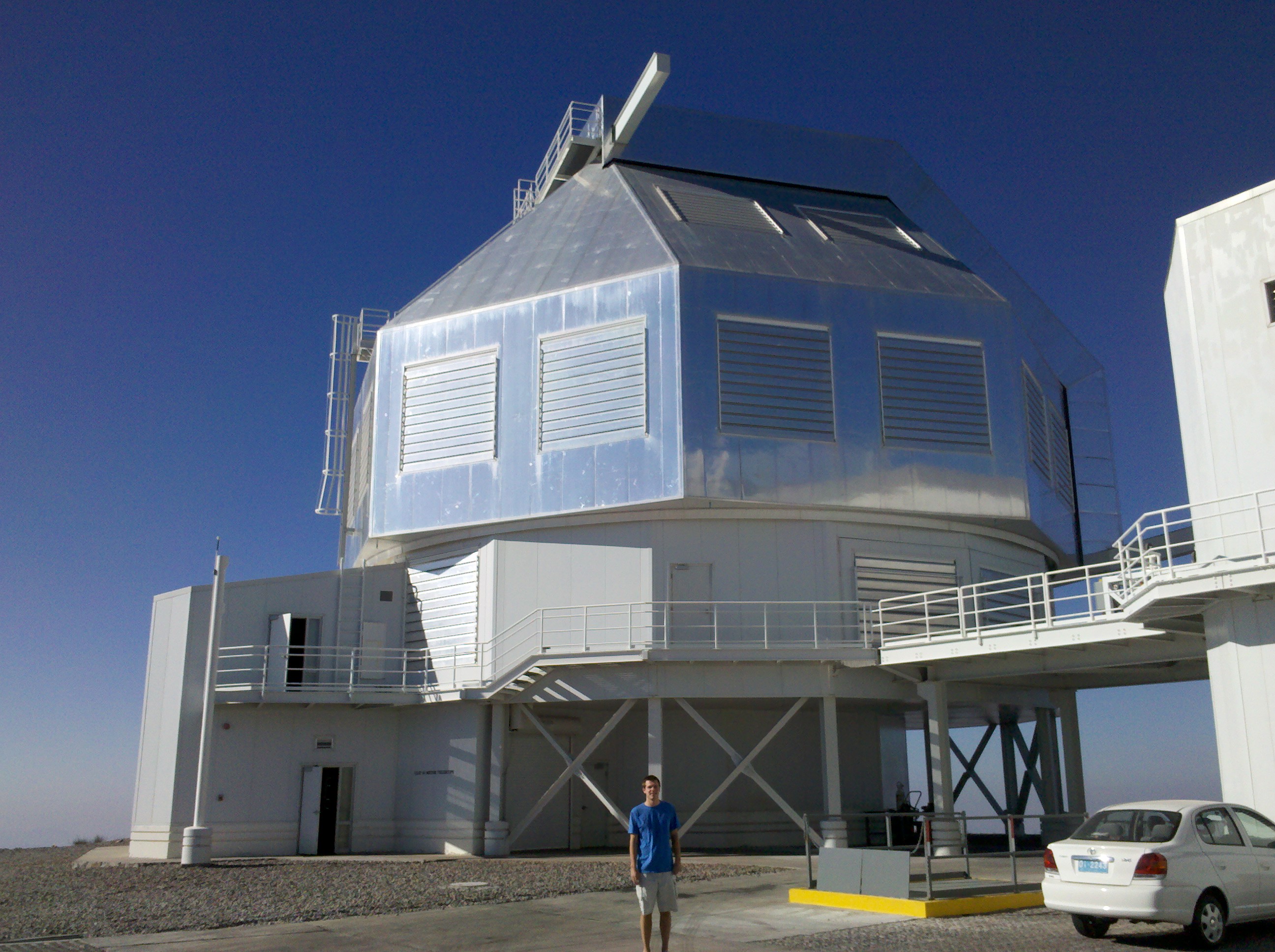
UR: The Orbit and Growth of HD 142527B
In the latest of our #UndergradResearch series, discover William Balmer’s research on how direct imaging can show us more about planet formation!

In the latest of our #UndergradResearch series, discover William Balmer’s research on how direct imaging can show us more about planet formation!

The Magellan telescope has directly imaged a planetary-mass companion at a projected distance of 650 AU from its star! Read on to find out how the authors detected and characterized this companion, and how they think it got there.

As the light from these distant objects propagates towards us, it encounters metals in the intervening IGM that superimpose absorption lines on the quasar’s spectra. By looking for metal absorption lines in the spectra of high redshifts quasars, we can learn about the metal content of the IGM. This paper by Simcoe et al. considers the spectra of 7 quasars with redshifts greater than 5.5. The moderate-resolution, near-infrared spectra were obtained over the past year with the FIRE spectrograph.

Last week I spent two nights observing on Magellan, in Chile. It was my first observing trip and there was a lot more to it than expected!

This past week, I traveled with Ryan Chornock, a post-doctoral scholar at Harvard University, to northern Chile to observe at the Landon Clay 6.5m telescope , one of the pair of the Magellan Telescopes at Las Campanas Observatory (Figure 1). For two nights, we observed supernovae candidates found by the Pan-STARRS survey and gamma ray burst (GRB) host galaxies.